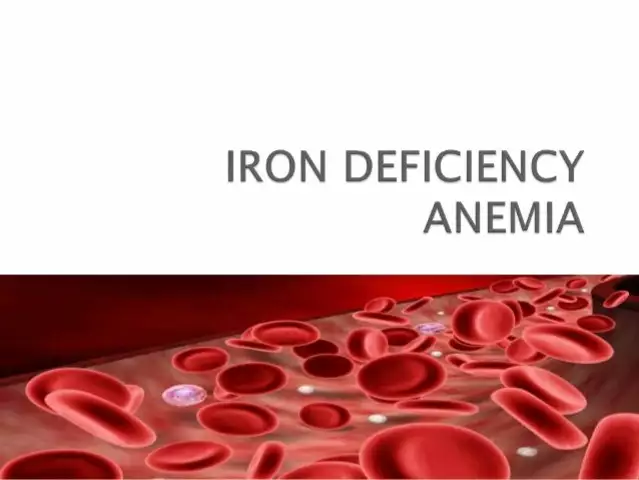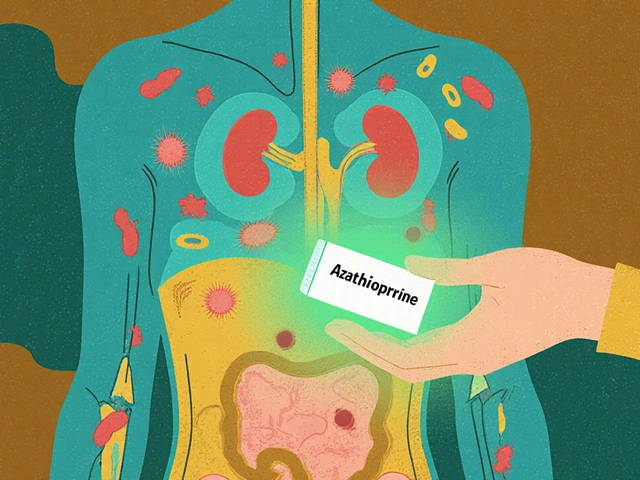Pain Relief for Rheumatoid Arthritis: Proven Methods and Treatment Options
When looking for pain relief for rheumatoid arthritis, targeted approaches that lessen joint pain, swelling, and stiffness caused by rheumatoid arthritis, also known as RA joint pain management, you’re really tackling a complex inflammatory disease. The condition itself, rheumatoid arthritis, is an autoimmune disorder that attacks the lining of joints, leading to chronic discomfort and loss of function. Effective relief therefore requires a mix of medication, lifestyle changes, and sometimes specialist procedures.
Key Medication Classes and How They Fit Together
The first line of defense usually involves non‑steroidal anti‑inflammatory drugs (NSAIDs). NSAIDs block the enzymes COX‑1 and COX‑2, which cuts down prostaglandin production and quickly eases pain and swelling. Their onset is fast, making them ideal for flare‑ups, but they don’t stop disease progression. The next step up is disease‑modifying antirheumatic drugs (DMARDs). Traditional DMARDs like methotrexate work slower but alter the immune response, slowing joint damage over months. For patients who need stronger control, biologic therapy targets specific cytokines—such as TNF‑α or IL‑6—directly reducing inflammation at the molecular level. In practice, a typical regimen follows this semantic triple: pain relief for rheumatoid arthritis encompasses NSAIDs for immediate comfort, requires DMARDs for long‑term protection, and benefits from biologics when disease activity remains high.
Corticosteroids also play a role. Short courses of prednisone can bridge the gap while DMARDs take effect, but long‑term use raises risks like osteoporosis. Modern practice often limits steroids to the lowest effective dose for the shortest time possible. If medication alone isn’t enough, doctors may recommend joint injections—corticosteroid or hyaluronic acid—to deliver relief directly into the affected area.
Beyond pills, surgical options exist for advanced cases. Synovectomy removes inflamed synovial tissue, while joint replacement restores function when cartilage is destroyed. These procedures are usually reserved for patients whose pain persists despite optimal medical therapy.
Non‑Pharmacologic Strategies That Complement Drugs
Medication works best when paired with lifestyle measures. Regular, low‑impact aerobic exercise—walking, swimming, cycling—keeps joints mobile and strengthens supporting muscles. Physical therapy can teach safe movement patterns, reducing strain on vulnerable joints. Heat packs relax stiff muscles, while cold packs dampen acute inflammation. Weight management is another crucial factor; shedding excess pounds lessens load on weight‑bearing joints, decreasing pain triggers.
Nutrition also matters. Foods rich in omega‑3 fatty acids—salmon, flaxseed, walnuts—have anti‑inflammatory properties that modestly ease symptoms. Some patients find relief by limiting processed sugars and saturated fats, which can fuel systemic inflammation. Supplements like vitamin D and calcium support bone health, especially when corticosteroids are part of the regimen.
Assistive devices—canes, splints, ergonomic tools—help perform daily tasks without overusing joints. They’re simple adjustments that can make a big difference in pain levels and quality of life.
Putting It All Together: A Personalized Relief Plan
Because rheumatoid arthritis varies from person to person, the best pain‑relief plan is individualized. Start with an NSAID for quick symptom control, then add a DMARD for disease modification. If disease activity stays high after 3–6 months, discuss biologic options with your rheumatologist. Complement the drug regimen with regular exercise, balanced nutrition, and joint‑protecting tools. Monitor pain levels, swelling, and functional ability weekly; adjust therapy based on what works and what doesn’t.
Keeping track of medication side effects is essential. Report any new stomach pain, liver issues, or unusual infections to your doctor promptly. Blood tests every few months help ensure DMARDs and biologics are safe and effective.
In the end, successful pain relief for rheumatoid arthritis hinges on a multi‑layered approach: fast‑acting NSAIDs, disease‑modifying DMARDs, targeted biologics when needed, plus consistent lifestyle support. Below you’ll find a curated set of articles that dive deeper into each of these components—drug comparisons, lifestyle tips, and emerging therapies—so you can build the most effective plan for your needs.

- Oct 13, 2025
- Posted by Cillian Osterfield
Effective Strategies to Manage Rheumatoid Arthritis Pain
Discover proven ways to ease rheumatoid arthritis pain, from medication combos and joint‑friendly exercise to anti‑inflammatory foods and stress‑busting techniques.
Categories
- Health and Wellness (61)
- Medications (45)
- Health and Medicine (22)
- Pharmacy Services (11)
- Mental Health (5)
- Health and Career (2)
- Medical Research (2)
- Business and Finance (2)
- Health Information (2)
Latest Posts
©2025 heydoctor.su. All rights reserved





